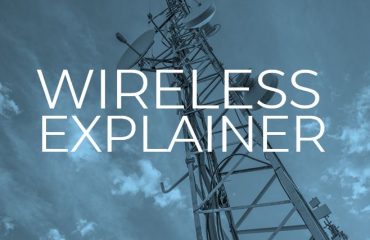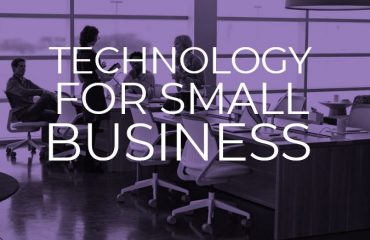
Don’t think of tech as an expense.
Small and mid-sized businesses are often trying to balance cashflow against the need to invest in the business. When budgets are tight, it can be easy to make technology a low priority – but it can be a false economy. If your employees are losing productivity because they’re spending a lot of time on ‘workarounds’ due to slow or inadequate technology, or you’re missing sales and marketing opportunities because you don’t have the ability to capture information, track customers, or put out the right marketing messages, de-prioritizing that technology spend can actually be costing you money on a daily basis.
Here are the 8 technologies we think small (and mid-sized) businesses should invest in – even when money is tight.
-
Digital phone service.
Switching from a traditional business line (and its related hardware) to a digital phone system will almost always improve your bottom line significantly and immediately – and give you more options in terms of auto-attendants and roaming numbers. If you’re spending more than $100/month on phone services for your business (and almost everyone is), switching to digital is probably a good idea.
-
Some kind of CRM software.
You may have a terrific sales team and process, but if aren’t able to keep track of customers and clients, or gain any insight into their purchasing patterns, you’re probably missing opportunities – and spending more than you need to on customer acquisition. CRM software doesn’t need to mean a custom, $50k system – there are plenty of out-of-the-box solutions that can at least get you started.
-
Cloud computing.
Moving your data management and storage to the cloud not only means less reliance on an internal server, but can help protect against costly ransomware attacks or natural disasters that can cause you to lose all your data without adequate backup.
-
SaaS (Software as a Service).
Don’t be fooled by the tech-sounding acronym – all SaaS really means is that your software applications are hosted in the cloud rather than on individual desktops/laptops in your office. Moving to SaaS can require a little adaptation at the beginning, but it means better data security, less requirement for IT personnel to do updates or patches on individual machines, and means that your team is always working on the most up-to-date software – which in turn means better productivity.
-
E-newsletters.
Sure, e-newsletters have been around forever – so long, in fact, that you may think they’re obsolete. But in fact a well-crafted e-newsletter (one that contains interesting, relevant content, and goes easy on the hard-sell messages) can help ensure your business stays top-of-mind with your customers, and that they think of you as leading players in your market. Using a free/mostly free system like MailChimp can make these one of your most cost-effective marketing tools.
-
Expanded payment options.
These days, customers – even in the B2B space – expect to be able to pay for goods and services in the way that they find most convenient. Implementing options like PayPal, Apple Pay, or even e-transfer give customers options that make them think buying from you is easier than your competitors.
Technology isn’t just for the big guys
The #1 piece of advice we give to our small and mid-sized business clients is simple: Making technology investment part of your overall business strategy will almost always put more money on your bottom line.



